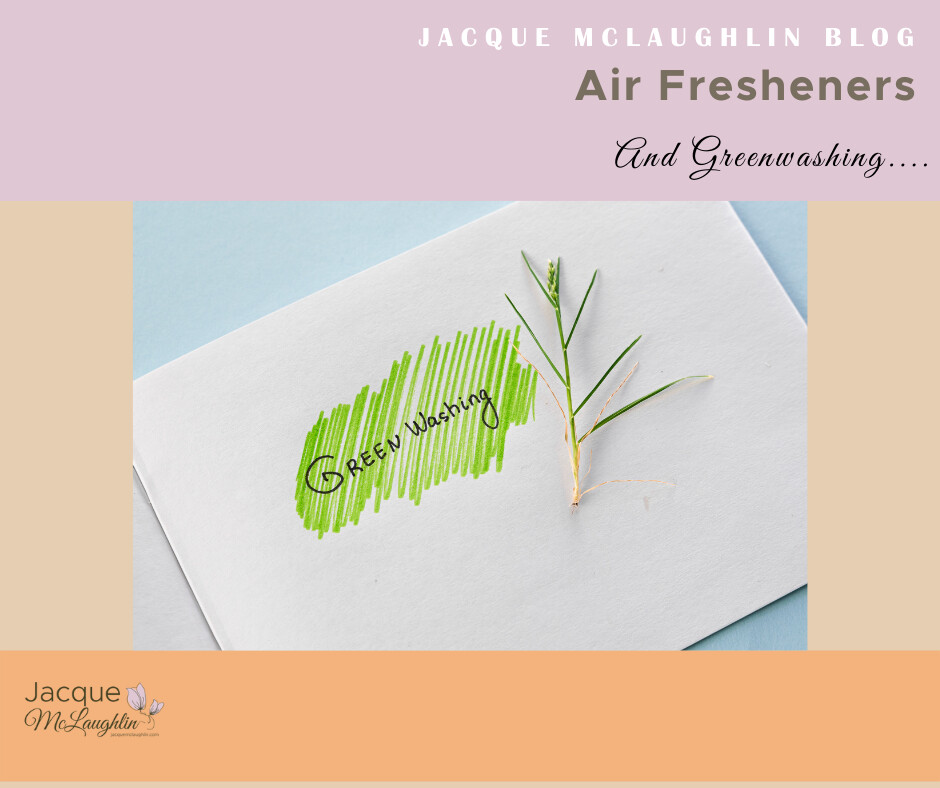
In today’s post, we're embarking on an enlightening journey into the world of home fragrances, specifically air freshener sprays. While the allure of clever marketing that offers a home smelling like fresh rain, flowers, or citrus may be tempting, it’s crucial to peek behind the curtain and understand what really goes into these products. Our goal here is to arm you with knowledge, not to alarm you, and to guide you towards healthier, more natural choices for your home environment.
Many air fresheners claim to be safe and natural, painting idyllic pictures of nature through their scent descriptions. However, a closer examination reveals that these products often contain ingredients far removed from the natural elements they claim to represent. For example, the mention of "fragrance" on labels can be misleading, as this term can encompass a variety of synthetic chemicals not disclosed on packaging due to trade secret laws.
To shed some light on this, let's delve into a couple of ingredients commonly found in air fresheners and explore their potential impacts on health and the environment:
- Benzisothiazolinone: This chemical is rated by the Environmental Working Group (EWG) with a concerning score for allergies and immunotoxicity. It's also noted for its moderate toxicity to aquatic life, according to the US Environmental Protection Agency (EPA). Such findings highlight the need for caution, as regular exposure in our homes could contribute to health issues and environmental damage.
- Didecyl Dimethyl Ammonium Chloride (DDAC): Not only is it classified as highly irritating to the eyes and skin; they also note in this study how rats exposed to this for two weeks gained weight! Quote: "The effects of DDAC on body weight changes were obvious ..." Click here for article Could using these products daily, and sometimes multiple times a day, as many people do, actually be contributing to weight gain in humans, too? Obviously, I don't have that answer - but if what happens to rats in experiments is any indication, I would say it's possible.
These examples underscore the importance of being an informed consumer. By understanding the substances we bring into our homes, we can make choices that not only enhance our living spaces but do so in a way that’s respectful to our health and the planet.
If you're looking to break free from misleading marketing and introduce safer, more natural alternatives into your home, I’ve got you covered. My Green Living resources are designed to empower you with the knowledge to make informed decisions and discover products that are truly beneficial for you and the environment.
Remember, knowledge is power. By choosing to inform ourselves and make mindful decisions, we can create healthier homes and contribute to a more sustainable world. Let’s embark on this journey together, towards a future where the air in our homes is as fresh and clean as nature intended, without hidden costs to our health or the environment.
Click Here if you would like access to my Green Living materials where you can learn more about how to avoid being a victim to deceptive and clever marketing tactics and bring safe and effective products back into your home. 

People often ask me what my favorite YL products are. That really depends on many factors— what may be my favorite today could be different than yesterday, depending on what’s going on in my life. But if you’d like to know the Young Living products I absolutely use every single day, click the button below for My Daily Favorites!
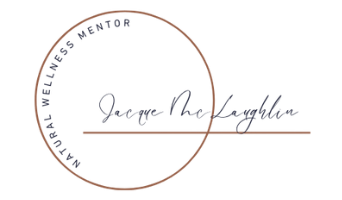

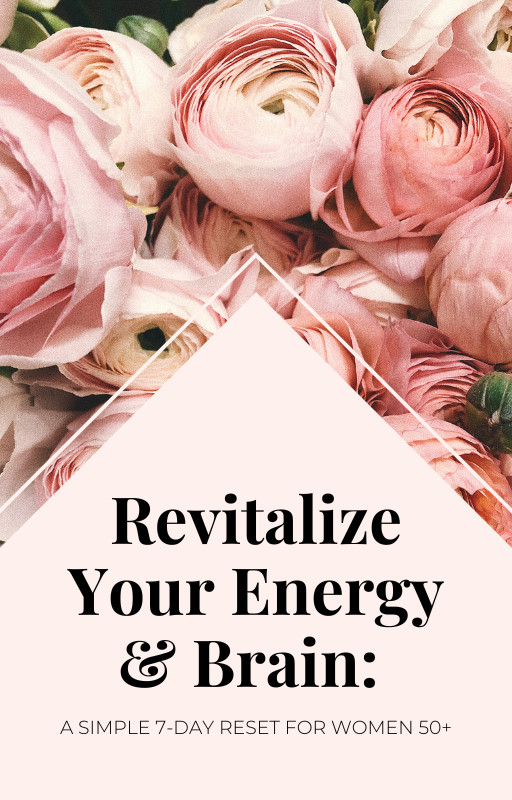


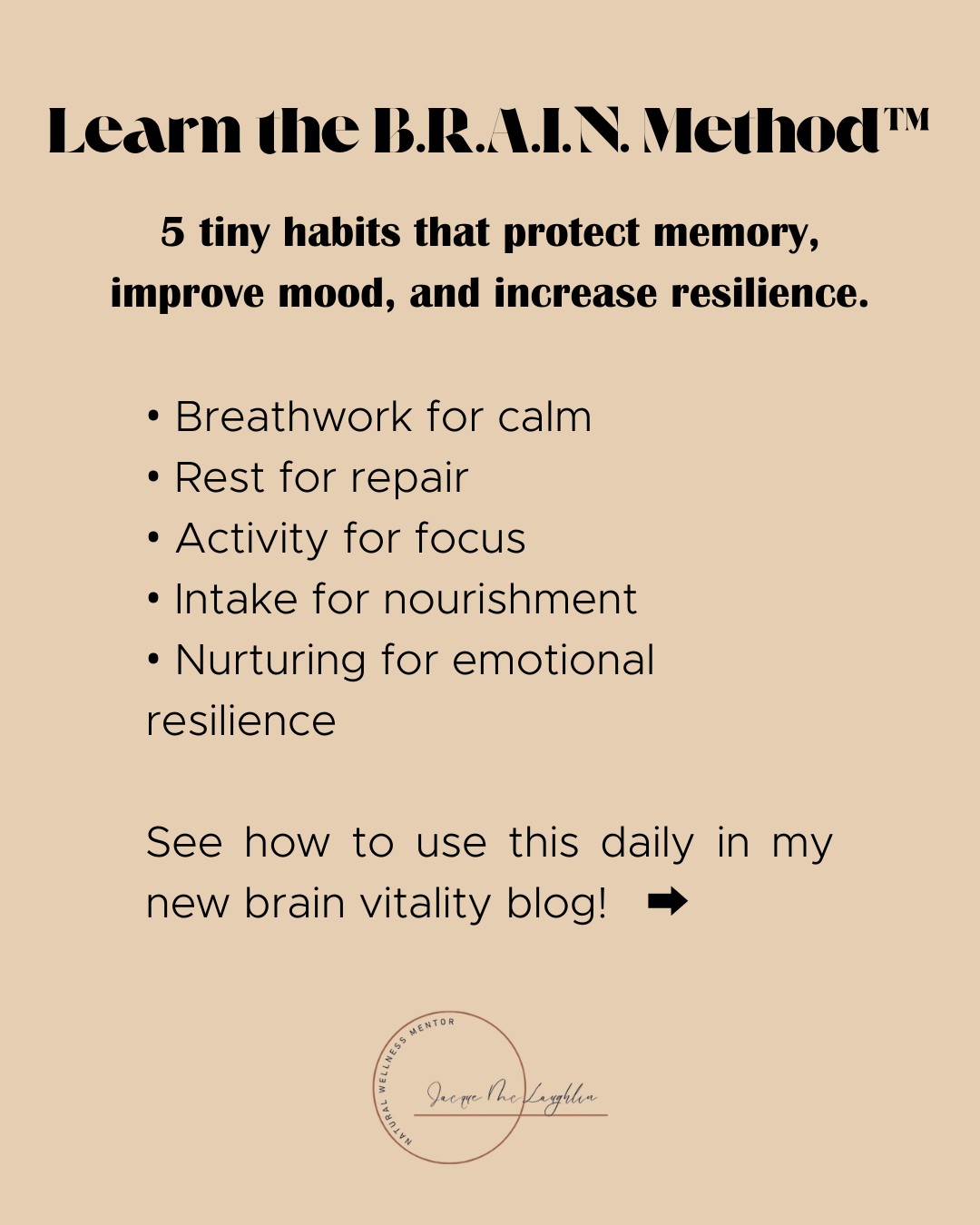

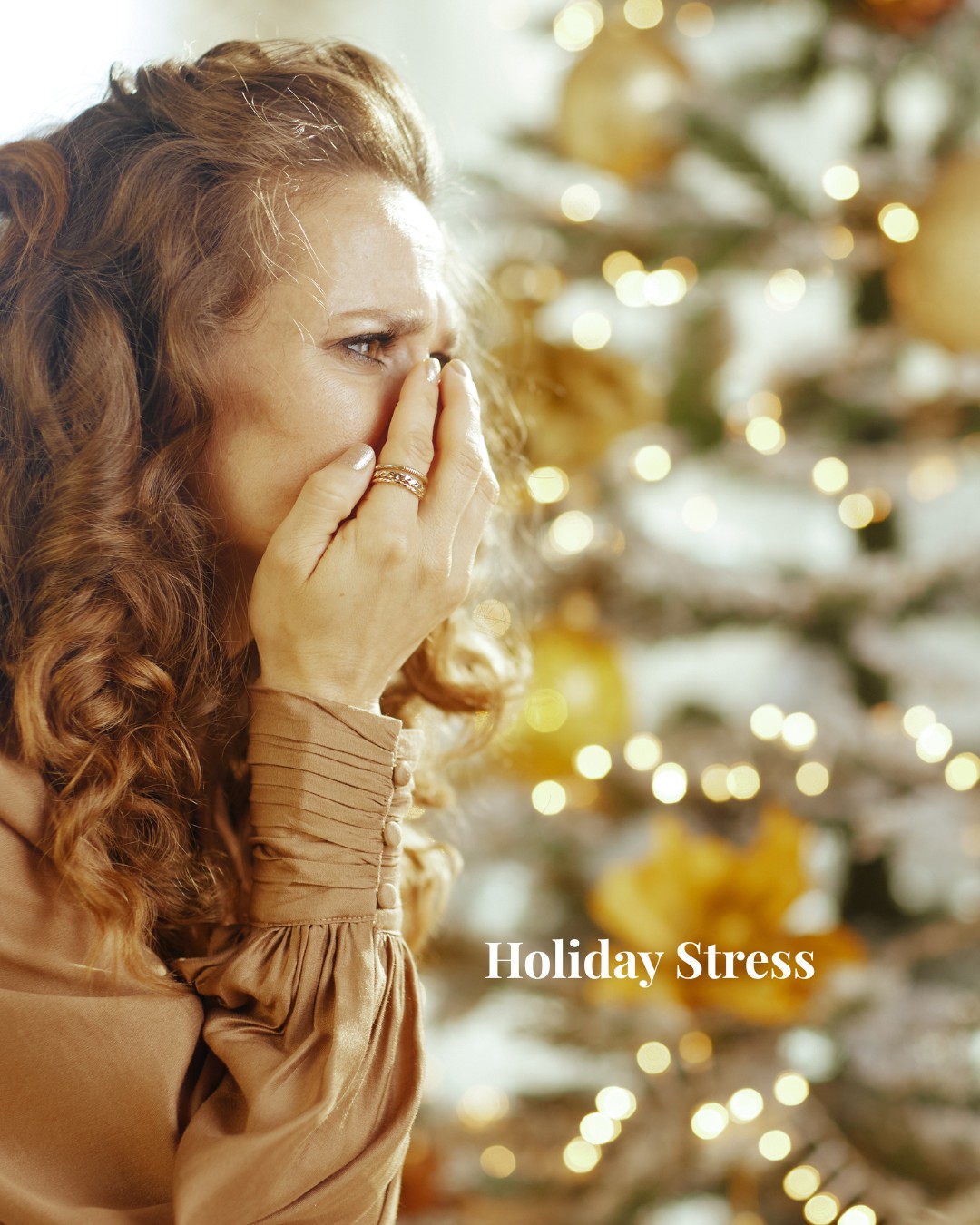







0 Comments